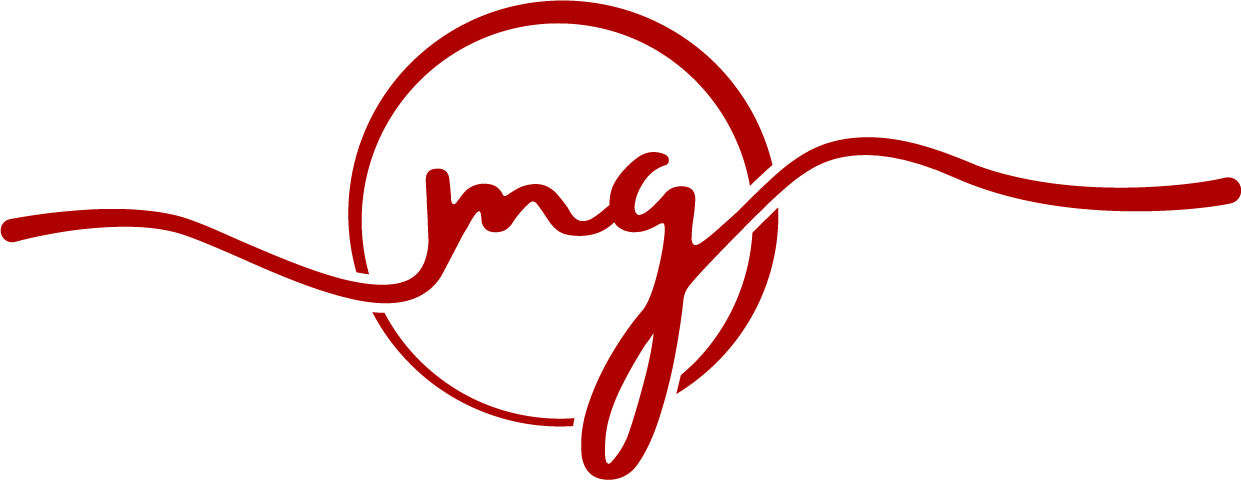Gallery Gives Showcase to Iraqi Art
This story originally appeared in the Chicago Sun-Times.
Since a flower shop closed its doors in November, the walls have been painted modest beige and a vase of yellow orchids rests beside five seats that look like an unfinished game of musical chairs.
In the southwest corner there's a canvas doused with purple paint, interrupted by blue and white lines. Spackled to the bottom left- hand corner is a newspaper clipping that reads "Abu Ghraib." The artist is 42-year-old Assad Al-Saghear.
Every six weeks, they are delivered from Baghdad, 35 paintings hastily wrapped in tubes of tape and foam. Rolled flat, each reveals the oddities complexities exclusive to the contemporary medium. After brief contemplation, they are measured, stretched and hung 12 inches apart and 52 inches from the ground in the world's only gallery devoted entirely to the artists of Iraq.
They call themselves the Iraqi Plastic Arts Gallery. A collective of 17 trained artists from Baghdad who, since 2005, have been sending their work to the United States in hopes of having it displayed and sold. In September, the Peace Museum showcased a selection of the paintings. When that exhibition closed in November, one man felt an obligation to keep it going.
"I was kind of forced into opening the gallery," says 42-year-old Charles Trimbach, founder and curator of the Iraqi Art Gallery, a not-for-profit organization based in Rogers Park that sends all proceeds from paintings sold back to their creators in Baghdad.
"I called about 40 galleries in the area that dealt with contemporary art, and none of them would even talk to me about it," Trimbach says. "I think because, now, there's an inherent controversy tied to anything that has the word Iraq attached to it. The war is such a passionate issue for everyone and I think it was just either an avoidance of controversy or wanting to play it safe. Galleries are now corporate entities for the most part."
Last winter, Trimbach went for it and turned an old flower shop into an art gallery. Funded only by his personal savings and credit, the gallery doors opened in December and were originally scheduled to close at the end of the month. Instead, Trimbach signed a year lease.
"I've had to struggle a bit with finances," he says. "I'm always late with the rent since I've started doing this. But it's a small price to pay to be able to help so many people."
Although the organization is now able to call itself a non-profit, the status wasn't achieved until last month. Stipulations regarding how money was being sent back to Baghdad prohibited recognition as a tax-exempt organization. But with the help of a pro bono legal group called Lawyers for the Creative Arts, Trimbach began a partnership with the 8th Day Center for Justice, which now serves as fiscal agent, enabling Trimbach to accept grants and donations.
The collective has delegated two gentlemen -- an artist and a translator -- who receive the funds and distribute to the appropriate artists and their families.
The primary concern now is funding. Trimbach says that in order to keep running the gallery operating at present level, it will cost $60,000 a year. Sales of the paintings have been fairly consistent. Typically, Trimbach will sell five or six paintings from each exhibition. He has sold two from the current exhibit, "Out of the Breach."
In the coming weeks, the gallery will be representing Iraq at Chicago's first Arab Festival on July 27-30. There, works will be displayed and Trimbach will be accompanied by the head of Iraq's Ministry of Tourism.
Trimbach, who doesn't wish to discuss politics in that cultural forum, says, "If you don't like the fact that I'm supporting the Iraqis -- think about that. Iraqis who are benefiting from this and being helped by an American are probably going to have a much more positive attitude toward the Americans. Aren't we supposed to be affecting the heart's and minds?"
